Mountains meet plains: spreading wings to rise
BAC NINH - The merger of Bac Ninh and Bac Giang provinces into the new Bac Ninh province is not just an administrative boundary expansion but also a strategic move to fully harness the combined potential of both delta and midland-mountainous regions, creating a new province with strong position and momentum for breakthrough development in the near future.
A new driving force for development
The newly formed Bac Ninh province covers over 4,700 sq.m, with a population exceeding 3.6 million and 99 commune-level administrative units.
 |
|
Workers on a production line at Bao Sen Vietnam Co., Ltd. in the Song Khe – Noi Hoang Industrial Park. |
The administrative centre is located in former Bac Giang city, chosen not only for its favourable geographical location but also for its existing infrastructure, including modern administrative buildings. With over 98% voter support, the new province is being built on a foundation of unity and determination.
The former Bac Ninh, though small in size, had a high population density and a well-developed industrial base. The former Bac Giang, on the other hand, offered a larger land area, rich natural resources, and strong potential for tourism and agriculture. This merger results in a more diverse and balanced economy, with greater capacity to attract large-scale investment.
The former Bac Ninh led the country in FDI attraction with nearly 5 billion USD in 2024, while the former Bac Giang secured 2.04 billion USD, ranking 10th nationwide.
Their combination is expected to form a new industrial hub - a key growth driver for the Hanoi Capital Region and the Northern Key Economic Region.
The former Bac Ninh’s strategic location at the gateway of Hanoi and within the Hanoi–Hai Phong–Quang Ninh economic triangle, together with Bac Giang’s favourable transportation links, including connections to major routes like the Hanoi–Lang Son Expressway, Hanoi’s Ring Road 4, and northern international border gates, positions the new province as a vital link in regional connectivity.
Post-merger, the new Bac Ninh province boasts a GRDP of over 439 trillion VND (16.78 billion USD), making it the fifth-largest provincial economy in the country, trailing only Ho Chi Minh City, Hanoi, Hai Phong, and Dong Nai. This lays a strong foundation for Bac Ninh to become a major urban-economic centre with powerful connectivity and development prospects.
Opening door to the future
The construction of Gia Binh Airport - a national key project - is one of the gateways unlocking the development potential of the new Bac Ninh province.
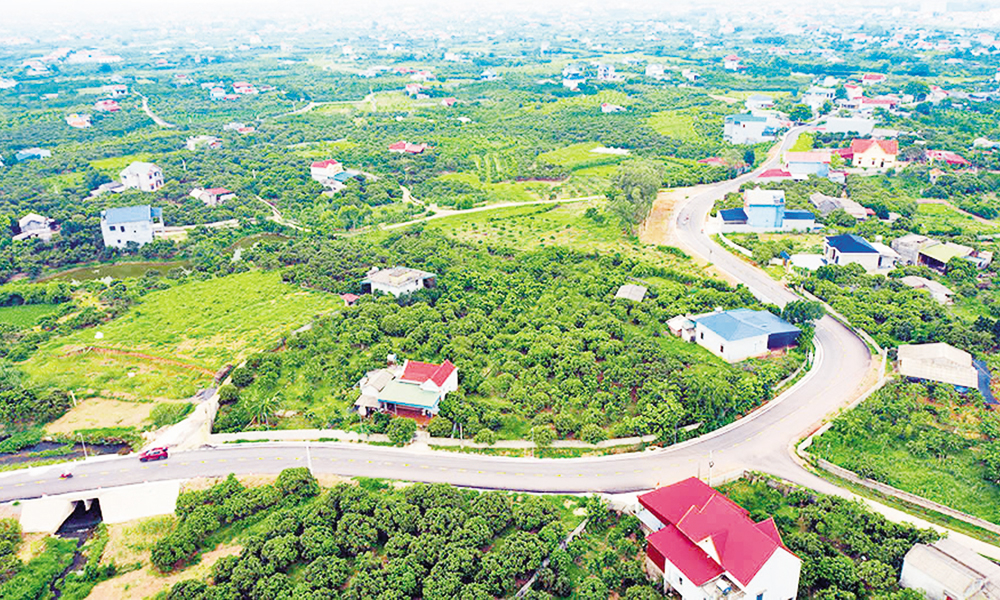 |
|
A fruit-growing area in Phuong Son ward. |
Beyond its economic significance, the airport also holds strategic importance in terms of national defence and security, enhancing Bac Ninh’s position in the Red River Delta Region.
At the very first meeting of the People's Committee of the new Bac Ninh province, Chairman Vuong Quoc Tuan directed relevant departments to promptly begin adjusting the provincial master plan.
This includes major transportation infrastructure projects connecting Gia Binh Airport with Hanoi, Hai Phong, and logistics hubs, forming a modern industrial ecosystem.
Additionally, urban planning for the new administrative centre is underway, aiming to shape Bac Ninh into a green, smart, modern, and livable city, one that harmoniously blends traditional and contemporary values, carrying the cultural identity of Bac Ninh – Kinh Bac.
By 2050, Bac Ninh aims to be among the country’s leading localities in economic scale, and a high-tech industrial, R&D, and smart manufacturing hub of Asia and the world.
The merger of Bac Ninh and Bac Giang into the new Bac Ninh province is opening a new chapter for the Red River Delta’s development. With the combination of delta and mountainous regions, the new Bac Ninh is ready to “spread its wings to rise,” becoming a leading economic, cultural, and urban centre of Vietnam.
 Bắc Ninh
Bắc Ninh
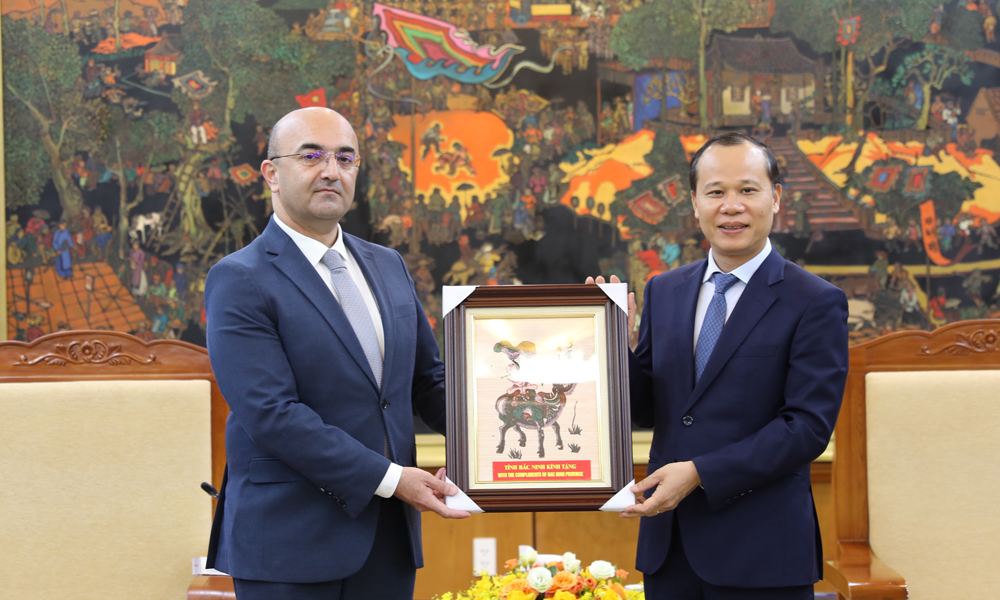
.jpg)

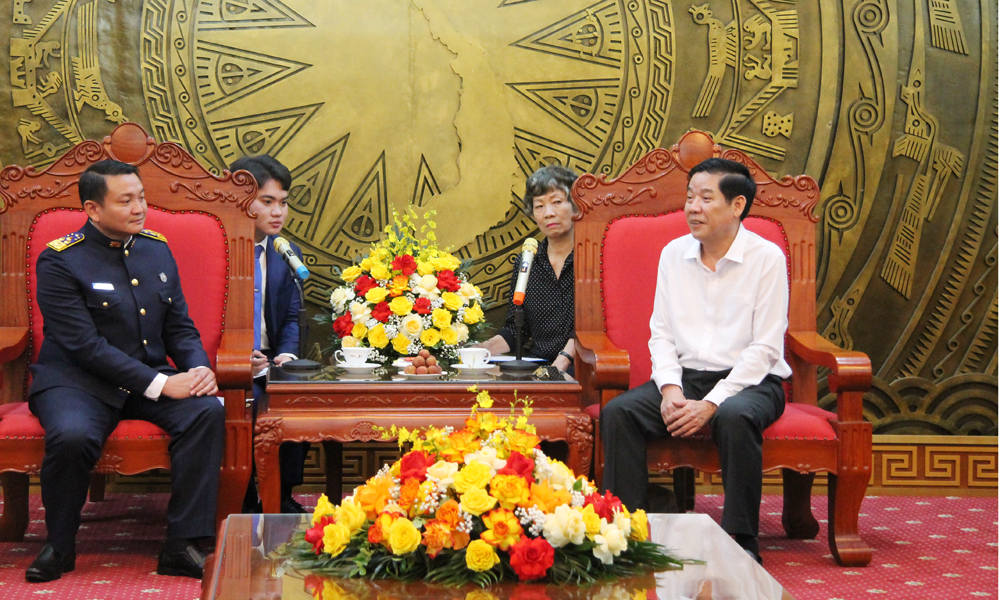

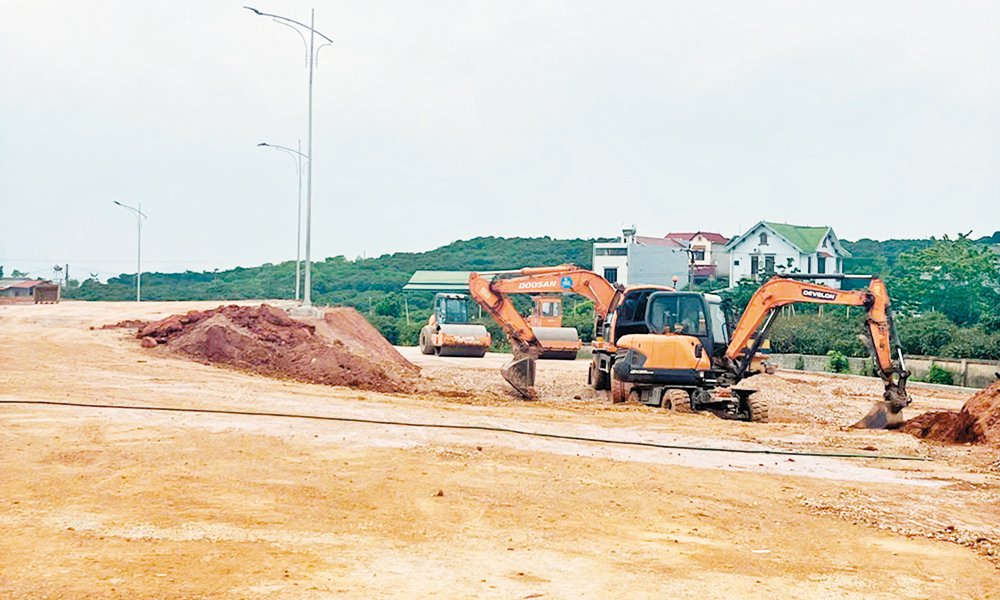
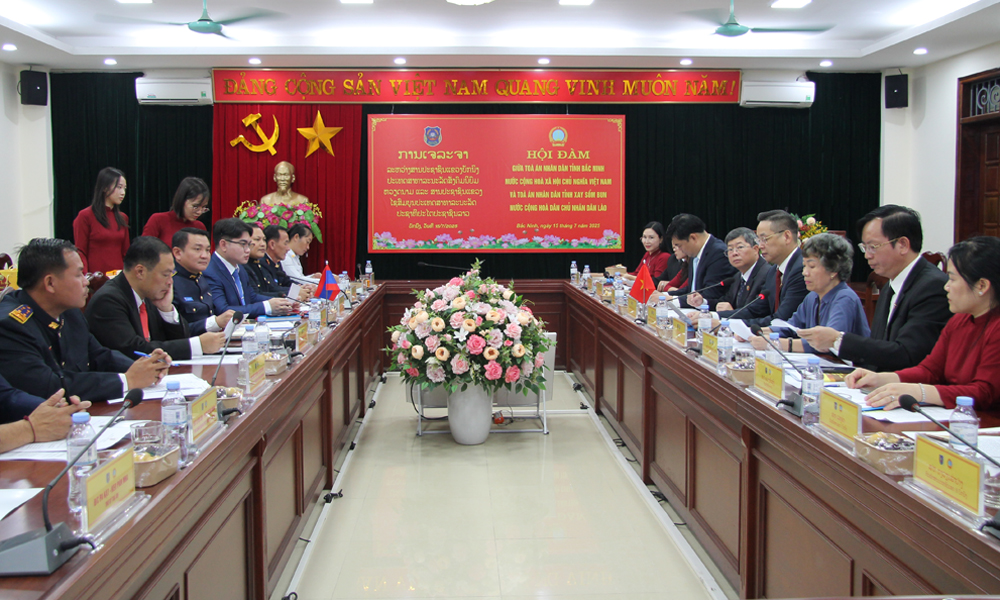



Reader's comments (0)